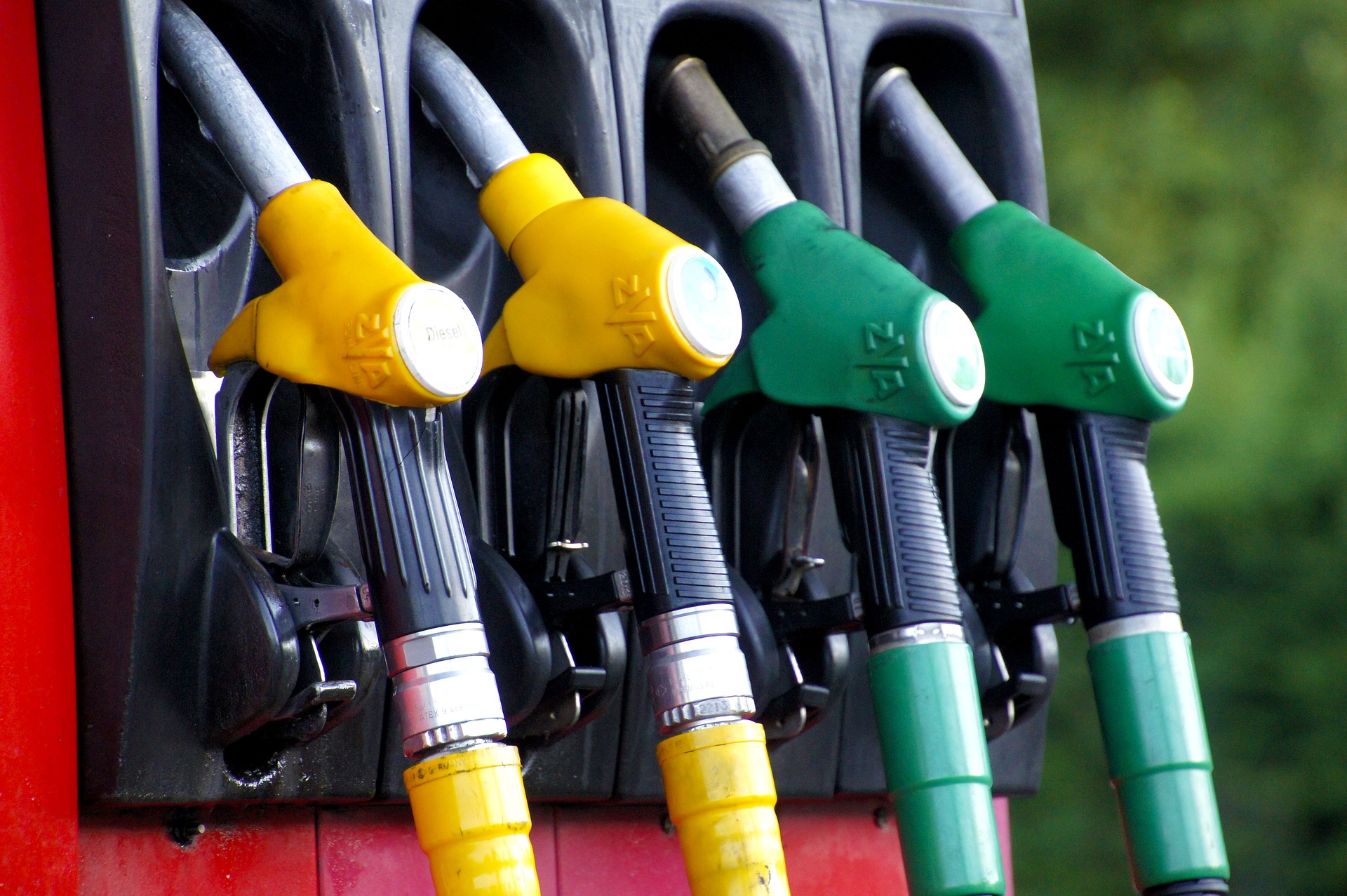How to save fuel in the car.
Italians still prefer the dear “old” petrol and diesel cars. In fact, these two types of fuel are the most used also for new vehicles: 6 out of 10 registrations in 2021 concern petrol or diesel cars. A choice that also weighs on the wallet. According to the data provided by Parclick an Italian family spends an average of 145 euros per month on fuel. With an increase compared to 94 euros in 2020 and 128 euros in 2019.
Limitation of mobility during the pandemic made itself felt and impacted the finances of many last year. But now, after some very difficult months, mobility has returned to pre-pandemic levels and therefore travel planning is back. And, with them, stops at petrol stations become more frequent. A good percentage of family income is spent on filling the tank of your vehicle, especially now that the price of fuel has increased by 20% compared to 2020. Therefore, it is a lot it is important and useful to know how to save something every time you travel. Here are some tips.
1. Choose good roads and plan your trip.
A bad road affects the flow of traffic. Additionally, rims, tires, glass or suspension can be damaged and the cost of repairs can increase dramatically. Extending a journey of about one hour by ten minutes can lead to an increase in gasoline or diesel consumption of more than 14%.
2. Maintain proper tire pressure.
The tires are key to minimize fuel consumption. If the tire pressure is incorrect or if they have a defect, the car will require more effort to function properly, which means more fuel consumption. Furthermore, driving with tires whose pressure is 0.5 bar lower than the correct one increases fuel consumption by 2% in urban areas and by 4% in interurban areas. Of course, tires in poor condition also pose a great risk to your own safety and that of others.
3. Start and start.
The engine must always be started without pressing the accelerator. Petrol engines can be started immediately after switching on, while with diesel engines it is advisable to wait a few seconds before starting to move. First gear should only be used for starting and should shift to second after about 2 seconds or 6 meters. Starting at 20 km / h for 5 seconds saves up to 11% of fuel.
4. Maintain a constant speed.
Avoiding hard acceleration and hard braking also helps to control fuel consumption. Ideally, you should travel at a uniform speed, without sudden changes in speed that force the engine to strain more. To decelerate, it is preferable to take your foot off the accelerator and start slowing down before using the brake pedal. If you have to brake, you have to do it gently and try to use the motor brake.
5. Do not increase the engine speed excessively.
As they say, it is important not to “rev up” the car engine and change the gears at the right times. Most modern vehicles always indicate when is the optimal time to change gears; despite this, we can always check the engine revolutions. In petrol cars it is correct to change gear at around 2000/2500 rpm, while in diesel engines the change must take place earlier, around 1500 rpm.
6. Avoid leaving the engine idling for long periods.
Another very important aspect to consider when driving is to avoid idling for too long. In fact, at idle, the car consumes between 0.5 and 0.7 liters / hour, and even if consumption is low when the accelerator is not pressed, the car continues to consume fuel as long as the engine is running. So, if we have to stand still for a long time due to, for example, an accident or a bad traffic jam, it is better to turn off the engine.
7. Allow a few minutes to pass before switching on the heating.
In summer, it is almost impossible to do without air conditioning, and in winter, heating. Turning them on, however, increases consumption but is sometimes essential. However, you can minimize the amount of fuel you consume. The heating, in fact, works thanks to the heat generated by the engine and if it is activated as soon as the car is started, with the engine still cold, you can see that it takes several minutes to start and heat up. It is therefore not necessary to start it before the car itself has had a chance to warm up.
8. Do not drive with the windows down.
Air entering through the windows increases the drag the car has to deal with in order to circulate. This means that it will have to make more effort to move, so it will consume more fuel. Also, remember that it can be dangerous to travel with the windows down at high speeds.
9. Check the vehicle frequently.
Proper maintenance of your car has a positive impact on the family economy. A component of the car in poor condition (filters, suspension, tires) it will force the vehicle to make extra effort which will result in higher costs. Taking your car to the workshop regularly for inspection helps to keep the vehicle safe and to ensure that only the fuel that is strictly necessary is consumed.
10. Travel only with what you need.
Driving with 100 kilos of extra luggage, for example, increases the cost associated with a mid-size car by 6%. Therefore, before leaving (and especially on long journeys), it is essential to prepare your luggage well and take only the essentials with you.
(Visited 1.284 times, 102 visits today)
–


